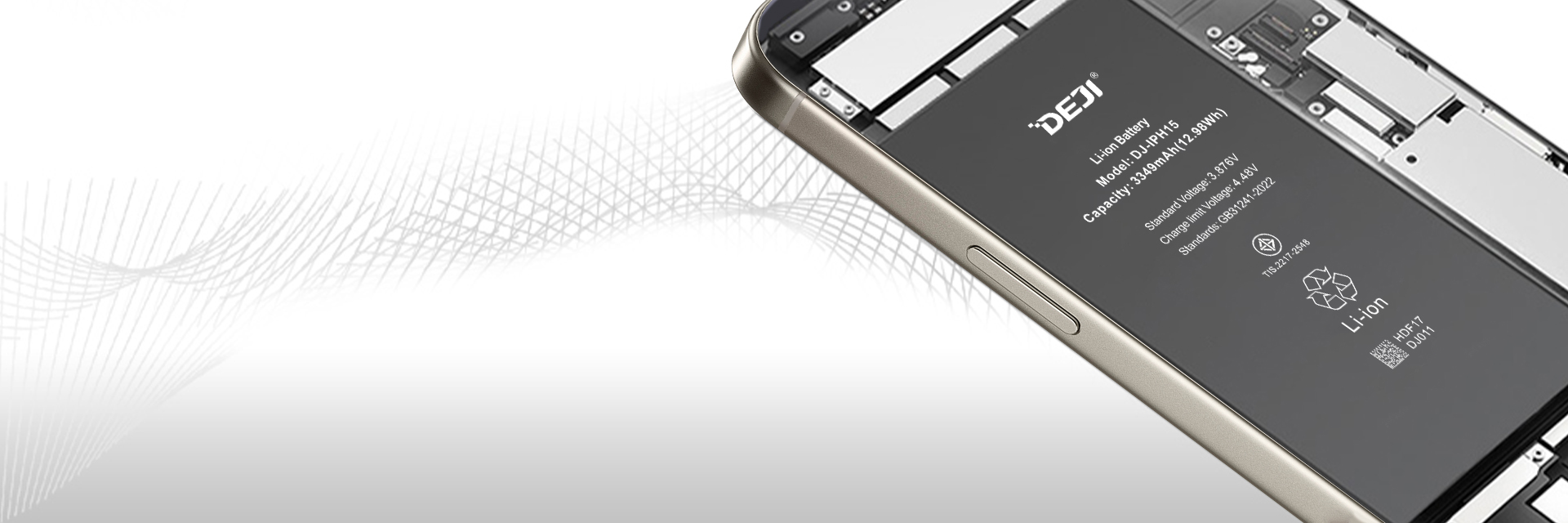The memory effect is an effect in which the contents of the battery crystallize due to use of the battery. Generally, it only occurs in nickel-cadmium batteries, with fewer nickel-hydrogen batteries, but not with lithium batteries. The reason for this is due to incomplete partial charging and discharging of the battery. Will temporarily reduce the capacity of the battery, resulting in shortened use time
To prevent the memory effect of nickel-cadmium batteries, recharge the batteries after using them, or discharge them on a phone charger with discharge function. Do not recharge a battery that is still charged to avoid the memory effect. To fully discharge the battery, the battery must be placed in standby for about 24 hours. After it is fully discharged, it can be fully charged. After so many cycles, the battery capacity can be restored, unless the battery is damaged. However, to avoid this phenomenon, it is recommended that consumers choose nickel-metal hydride batteries or lithium batteries.
The memory effect of lithium ion battery refers to the reversible failure of the battery, that is, the performance that can be restored after the battery fails. The memory effect means that the battery automatically maintains this specific tendency after being subjected to a specific working cycle for a long time. This was originally defined in nickel-cadmium batteries. Nickel-cadmium pouch-type batteries have no memory effect, sintered batteries have memory effect, and nickel-metal hydride batteries are not restricted by this definition of memory effect.
 sales@batterydeji.com
sales@batterydeji.com




